A Trip to the National Aviary
The National Aviary turned out to be a perfect birthday gift for a kid obsessed with birds and a great excuse for me to do some portrait work I’d never get to try in the wild. From open habitats to conservation programs, this place surprised me in all the right ways.
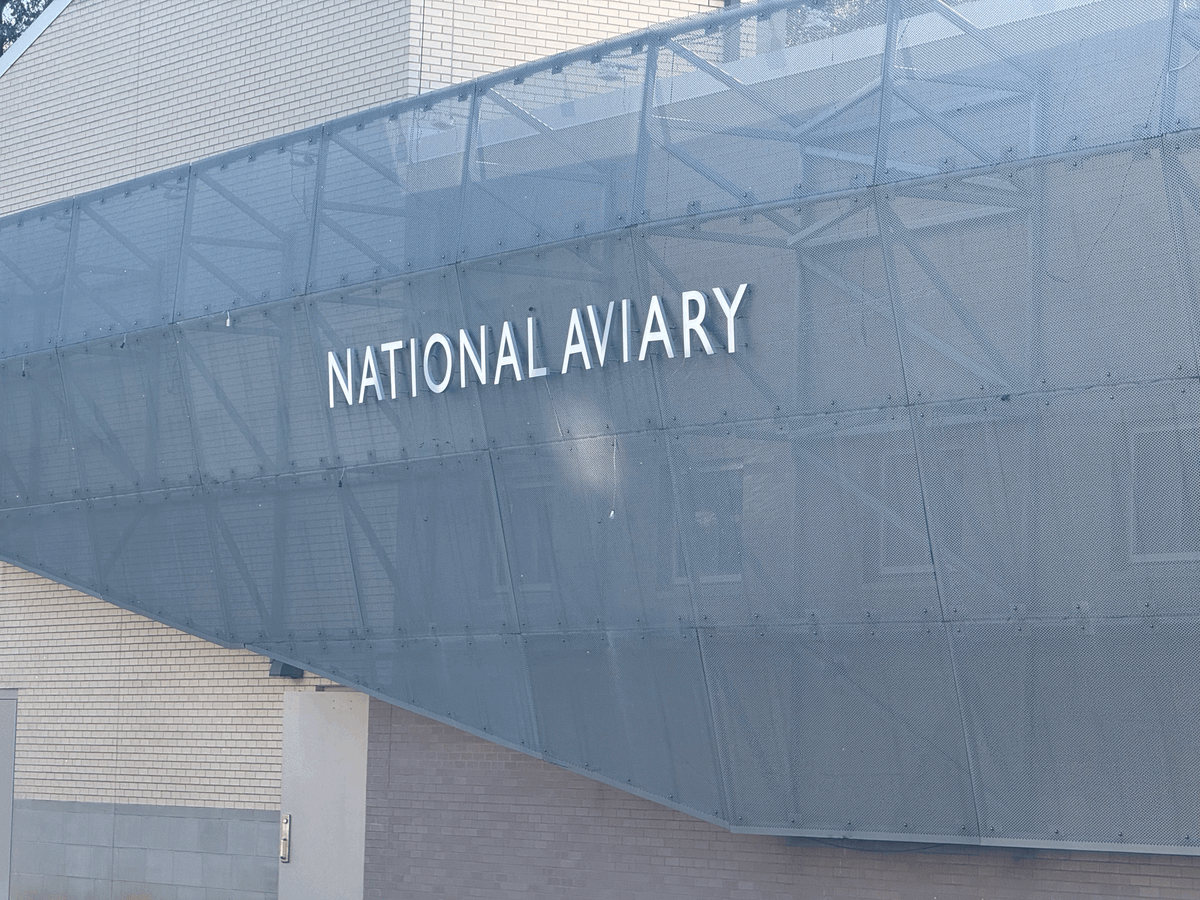
A trip we had been planning all summer, but it just never lined up with everything else going on, was to the national aviary in Pittsburgh. Where else do you go when you are raising a budding ornithologist who wants to know everything there is to know about birds? As luck would have it we finally made it happen the day after my daughter's 10th birthday, a great birthday gift for a junior ornithologist in training I think and a unique opportunity to see and photograph birds from across the world, in a very intimate setting allowing for some phenomenal portrait work I would be ethically afraid to try to capture in the wild. Portrait's like this:

So, What Is the National Aviary?
Nestled near downtown Pittsburgh is an almost unassuming building home to a large, well, you could say it’s like a bird zoo with a distinct mission: The National Aviary works to inspire respect for nature through an appreciation of birds. It houses over 500 birds across 150 species, including many that are endangered or rarely seen in the wild. It’s the only independent indoor bird zoo in the country to carry the honorary “National” title, granted by the U.S. Congress.
What makes it really special, though, is the layout. Instead of row after row of cages, many of the habitats are large, open-air free-flight spaces, where birds like herons, ibises, and even ducks move around you. The Wetlands habitat is especially immersive, with more than 30 species flying freely under a massive glass dome. That kind of design not only allows for great photos, it lets you experience birds in motion, in mixed environments that echo their natural behavior.
The Aviary also plays a major role in conservation, with active programs in the Caribbean, Ecuador, and the Mariana Islands, and more than 80 species included in their breeding and survival plans. It’s both a place of education and hands-on preservation. So basically, it’s a really cool place to learn about birds and to take some awesome images of them without traveling really far.
A Note on Ethics
I know photography in zoolike areas, and well, zoos in general, are an often highly debated topic, so I want to take a second to cover that. First off, I’m not hiding anything. This spot offered unique photographic opportunities and challenges to capture the essence of some awesome animals. I won’t be posting out in the world that these were truly wild encounters, but that doesn’t make the artistry or documentation mean less to me.
Now on to zoos. I understand the concerns people have, but I also understand that from a conservation perspective, zoos are necessary. We need people to care about these animals, and making them real and tangible is one way to do that. I also know there are a lot of crappy zoos out there, but the National Aviary is not one of them.
The National Aviary is accredited by the Association of Zoos and Aquariums (AZA), which holds institutions to the highest standards of animal welfare, habitat quality, and conservation involvement. That matters. It’s not just a place to walk around and look at birds. The Aviary is actively involved in global conservation programs, including initiatives in the Mariana Islands, Ecuador, and across the Caribbean. More than 80 species are part of their breeding and Species Survival Plans.
And it shows in the design. Rather than confining every bird behind glass or bars, many of the Aviary’s exhibits are large, open-air free-flight spaces. In the Wetlands dome, birds soar past you as you walk through the habitat. Others, like the Tropical Rainforest and Grasslands exhibits, are lush and spacious, encouraging natural behaviors. You’ll see ibises wading, ducks swimming, and macaws climbing and interacting with their environments. That kind of design doesn’t just make for better photography. It reflects a deeper respect for how birds should live and move, even in managed care.
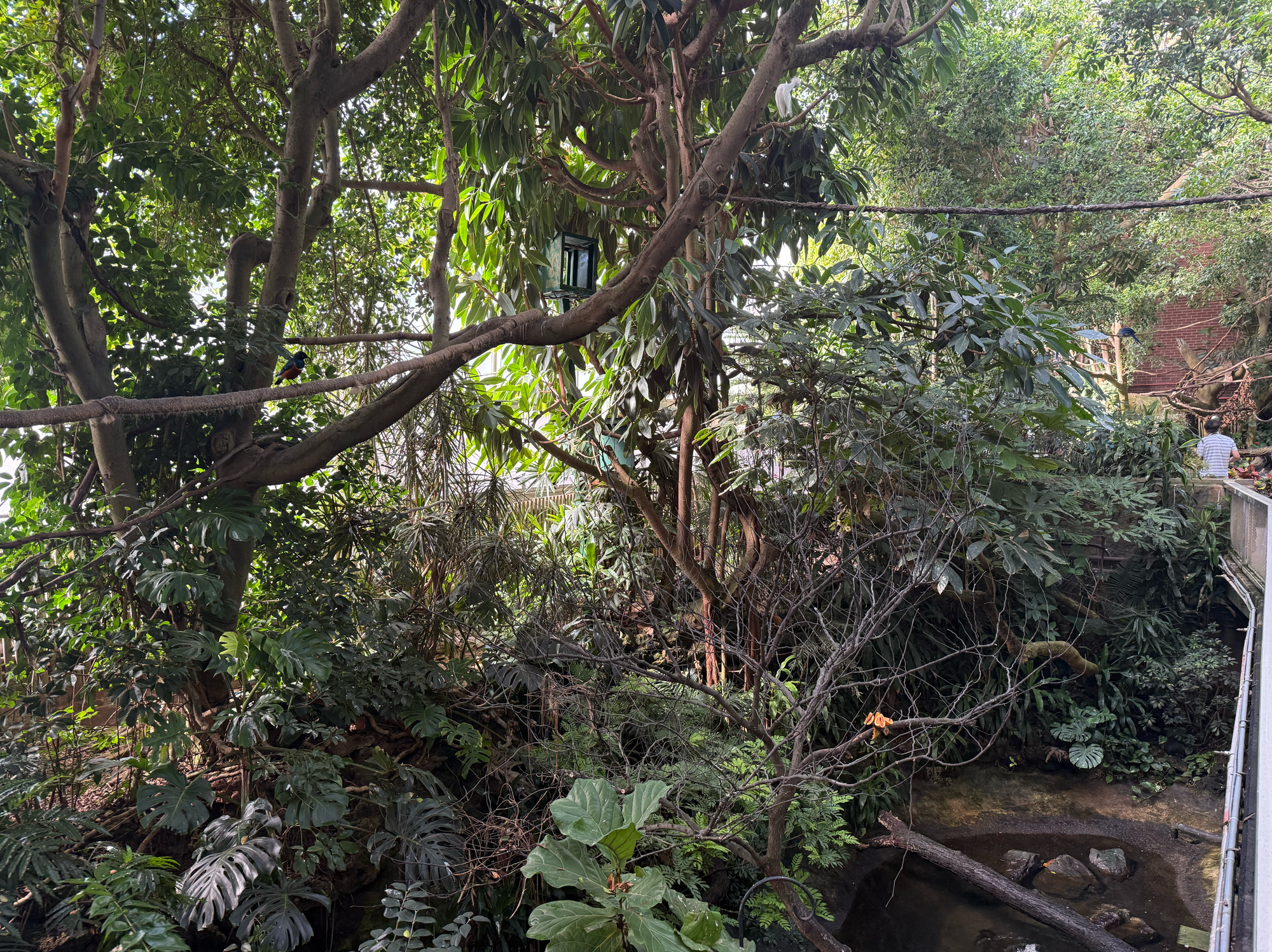
When it’s done right, places like this aren’t just for show. They’re education centers, research hubs, and breeding sanctuaries all in one. After spending time there, I can honestly say the birds were more relaxed and active than many I’ve seen in the wild. They weren’t constantly scanning for threats or hiding in the brush. Instead, they were interacting, foraging, flying, and showing behaviors that are often hard to witness when wild birds are stressed by nearby photographers or birders getting too close. The photography that comes out of that can serve as both art and awareness.
So, What Gear Did I Take?
A place like this, my 600mm is just about useless. You’re too close to really get opportunities with it, and with people around, it would just get in the way. So I went with a double package: my 70–200mm f/2.8, perfect for wider shots and working in the tricky light of an indoor building, and my 400mm f/4.5, which I love and almost never get to use. It was great for those tight portraits filled with detail and beautiful background separation.
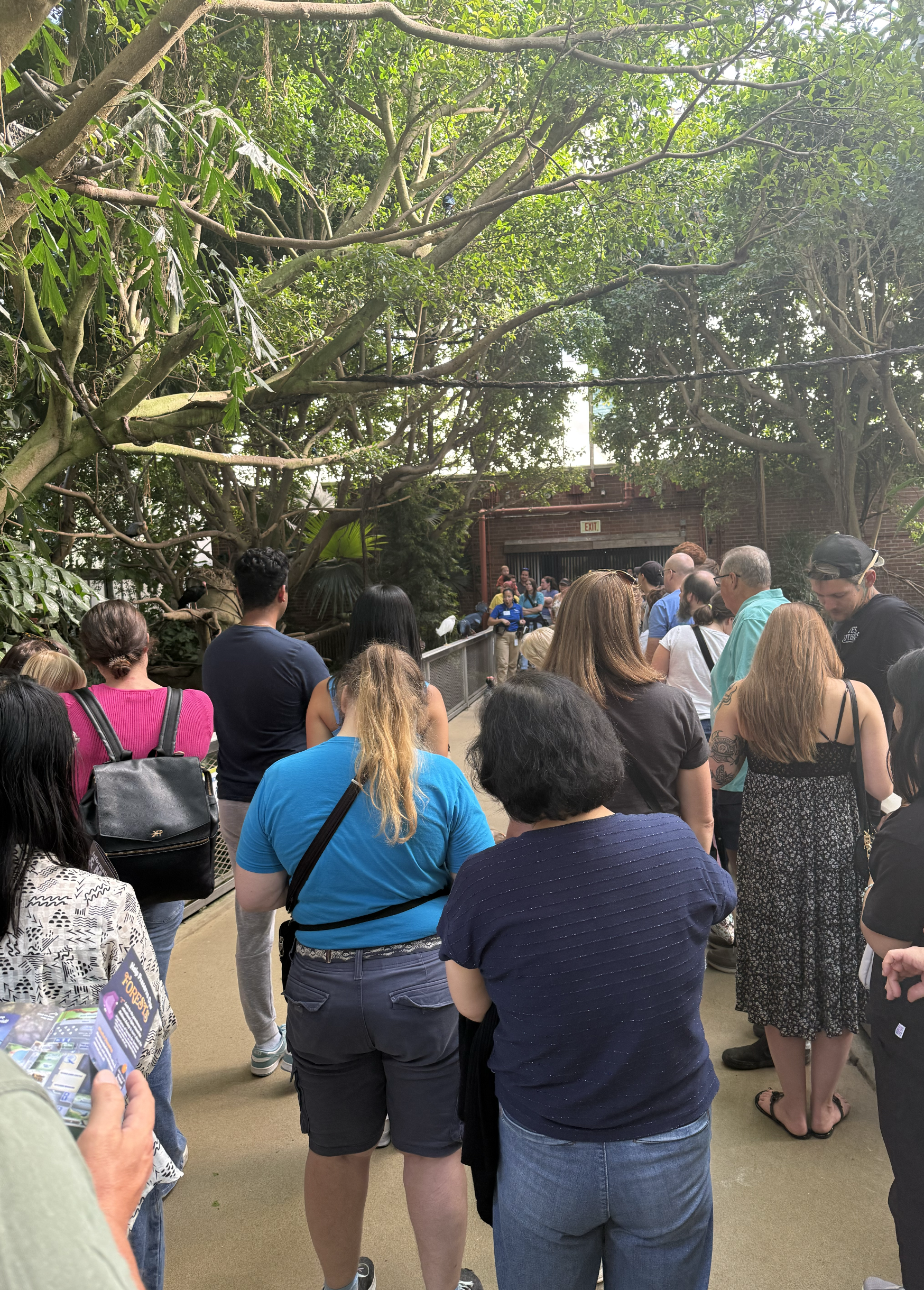
The truth is the shooting conditions are challenging, light is indirect and you can't count on it, people are everywhere, ISOs are often high fi you want to freeze motion. What I decided is I wanted to focus on spectacular portraits, something I don't get to do often because I fear getting too close. So thats what I did.
The Images
Let’s go through all the photos from this visit, gallery style. Each one came from a different moment, but together they show just how much variety and beauty you can capture in a single day at a place like this.
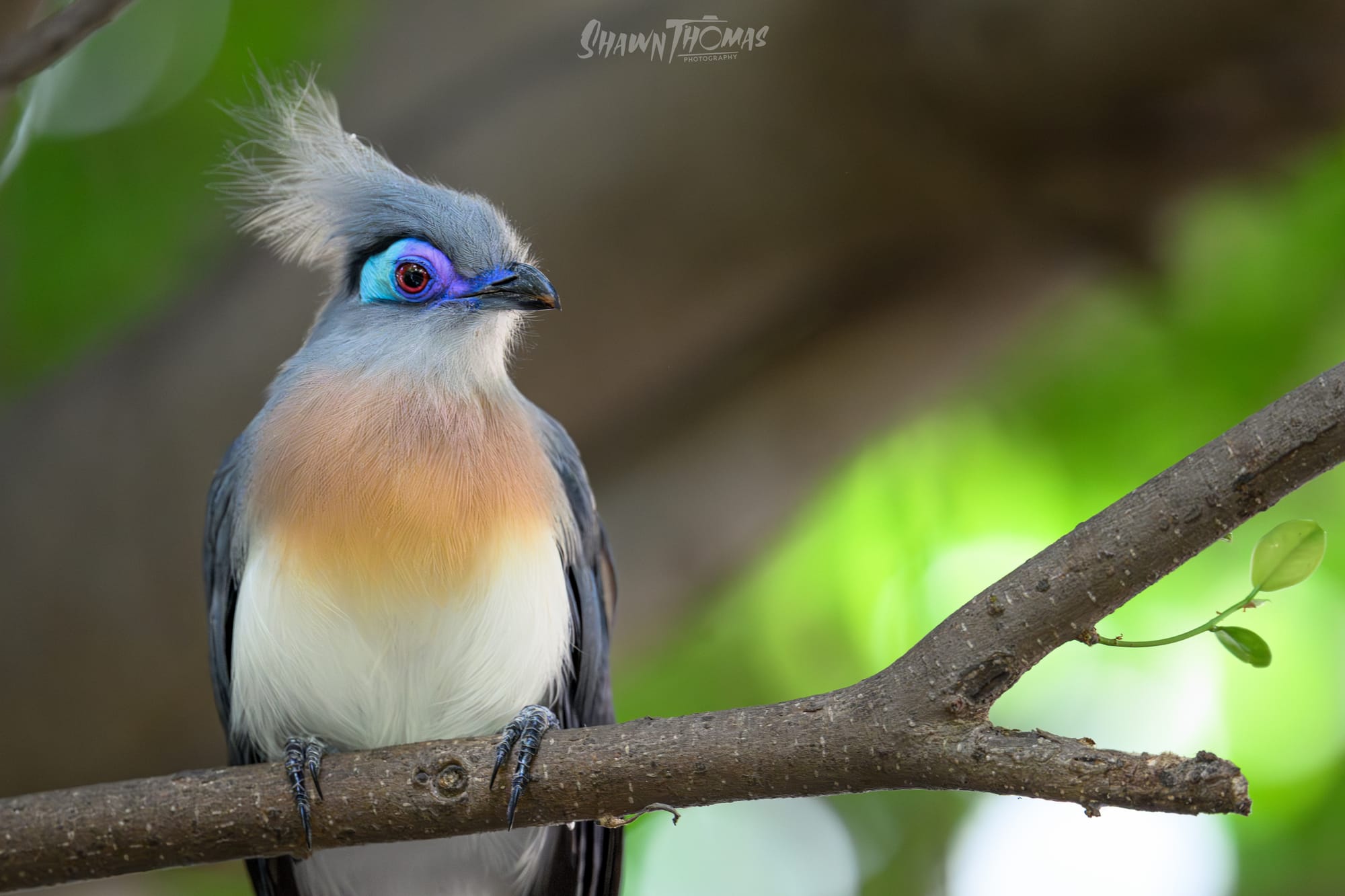
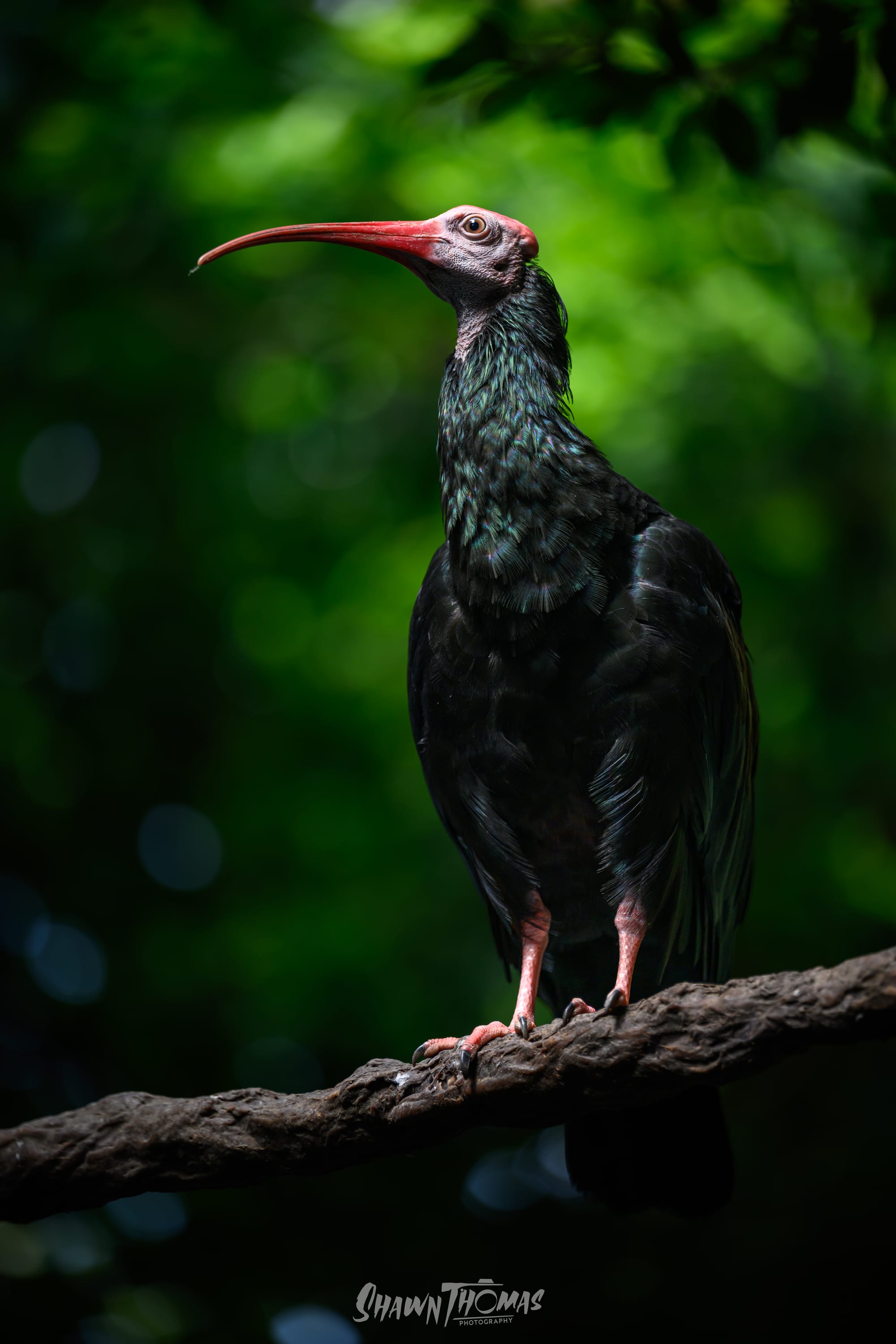
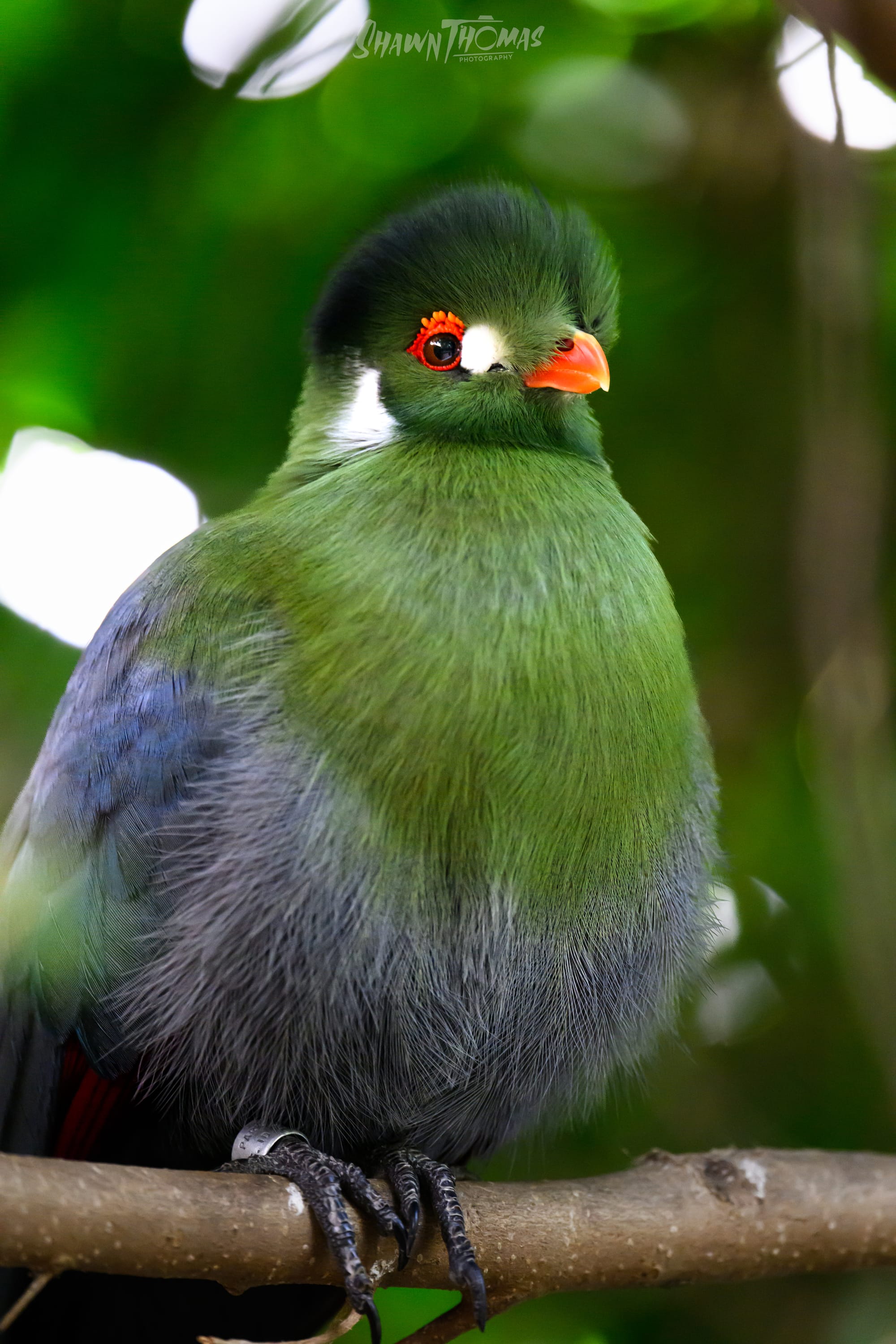
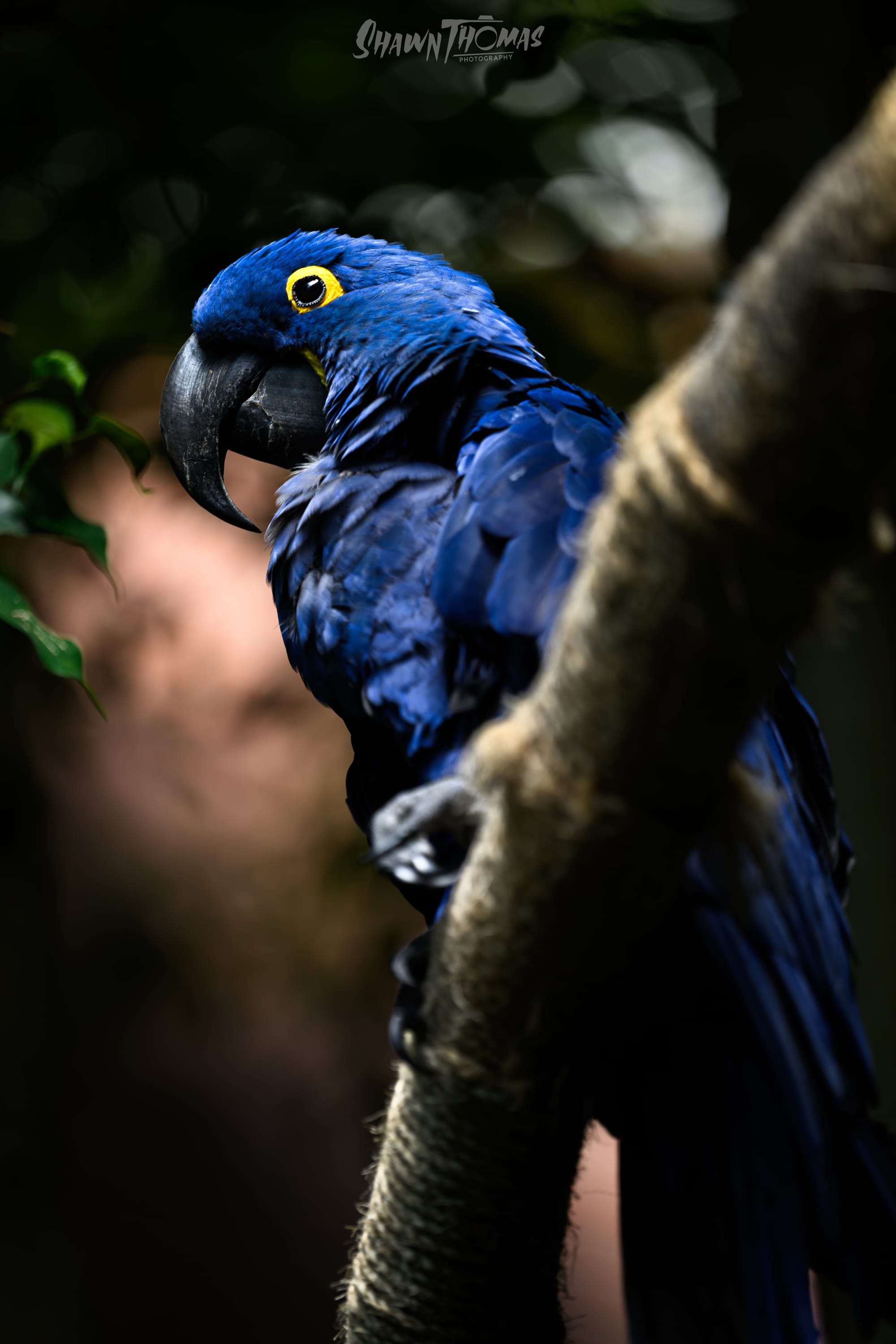
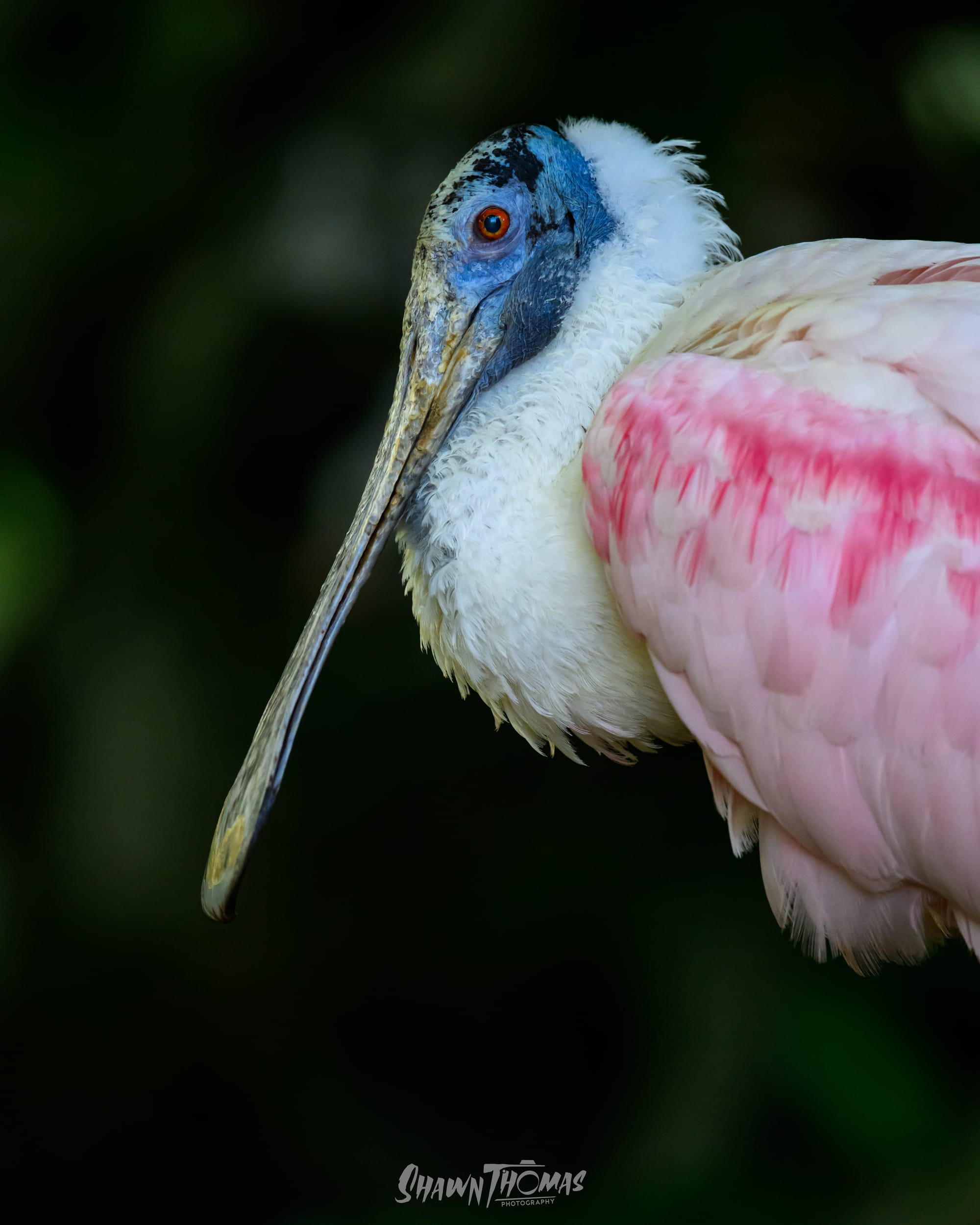
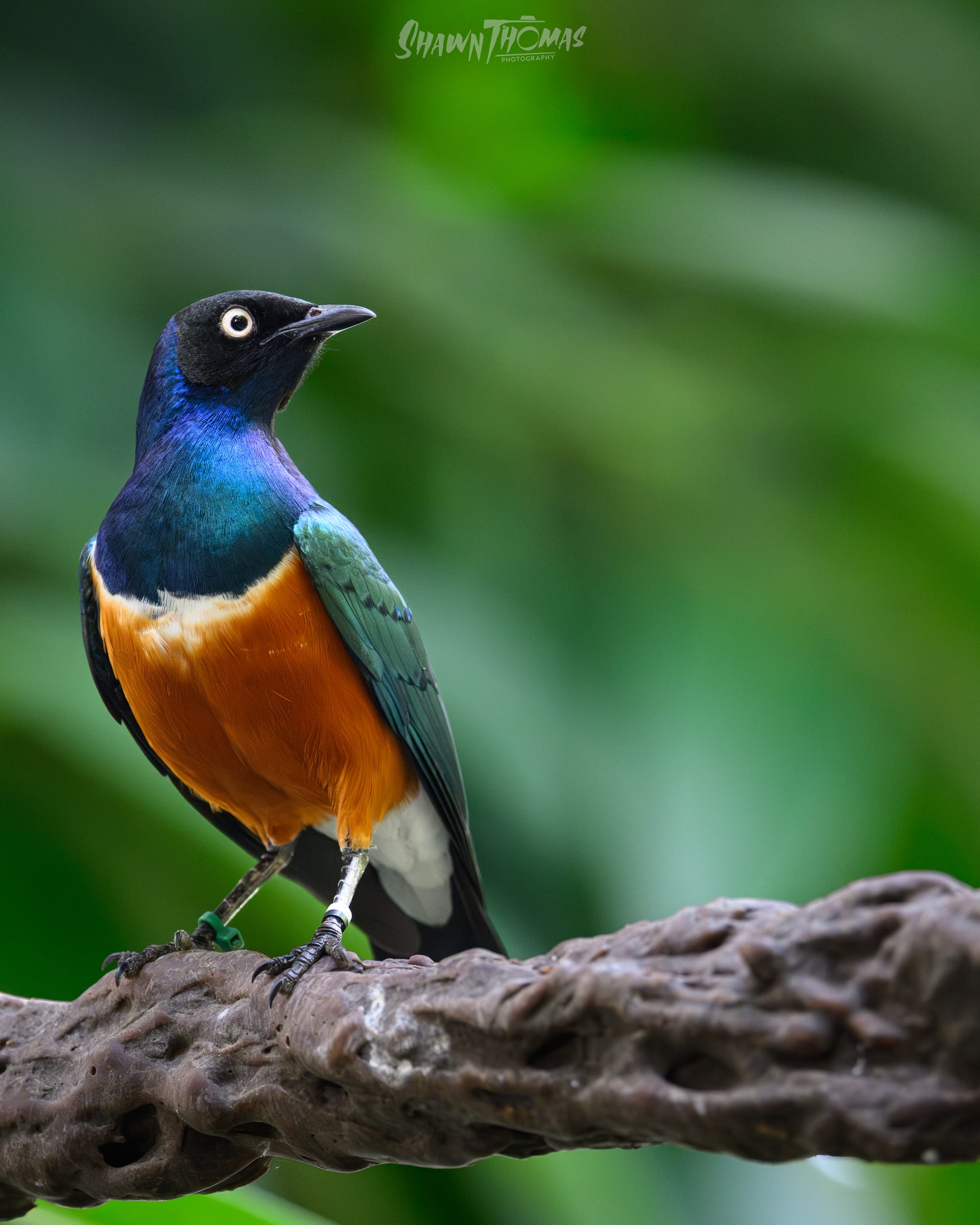
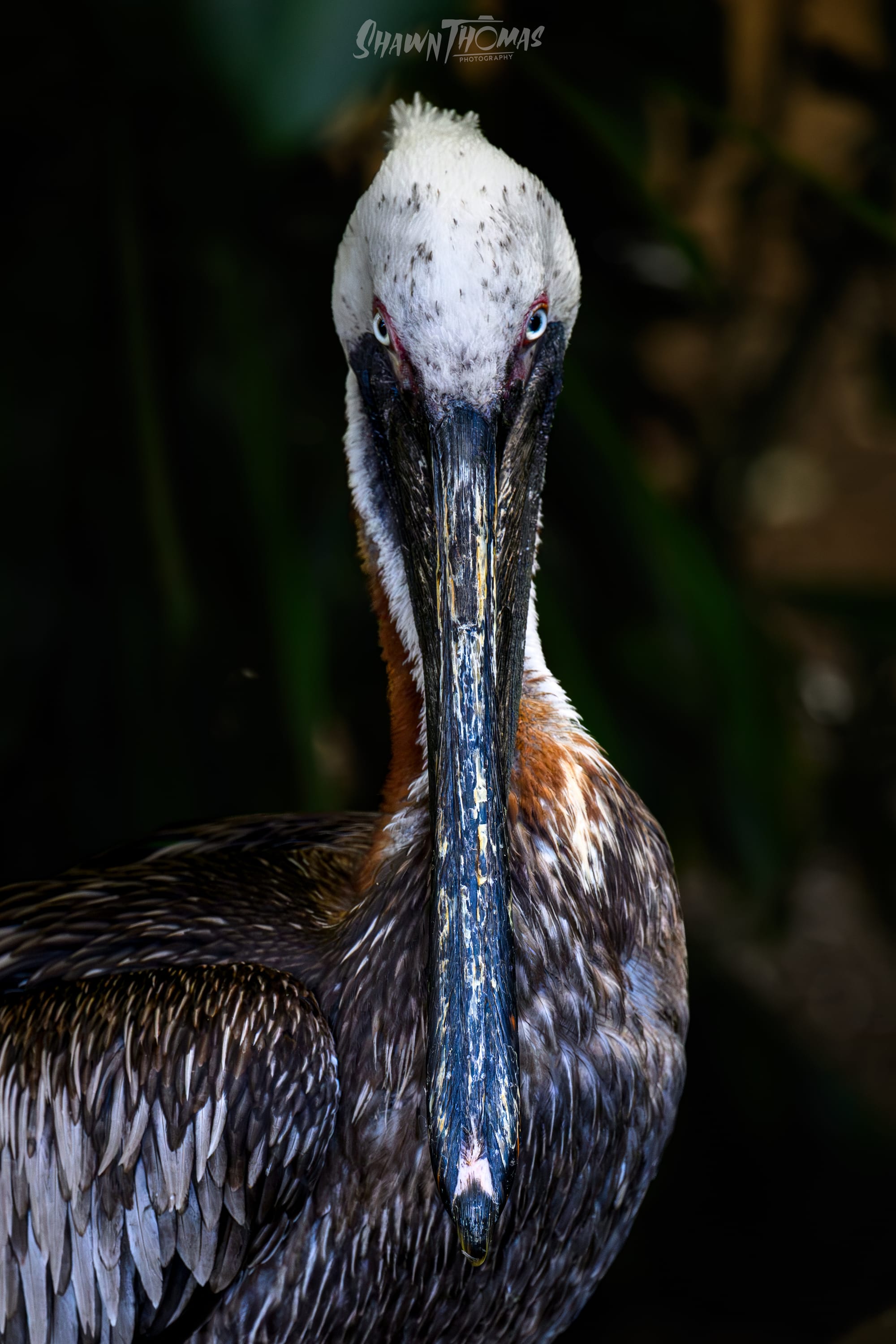
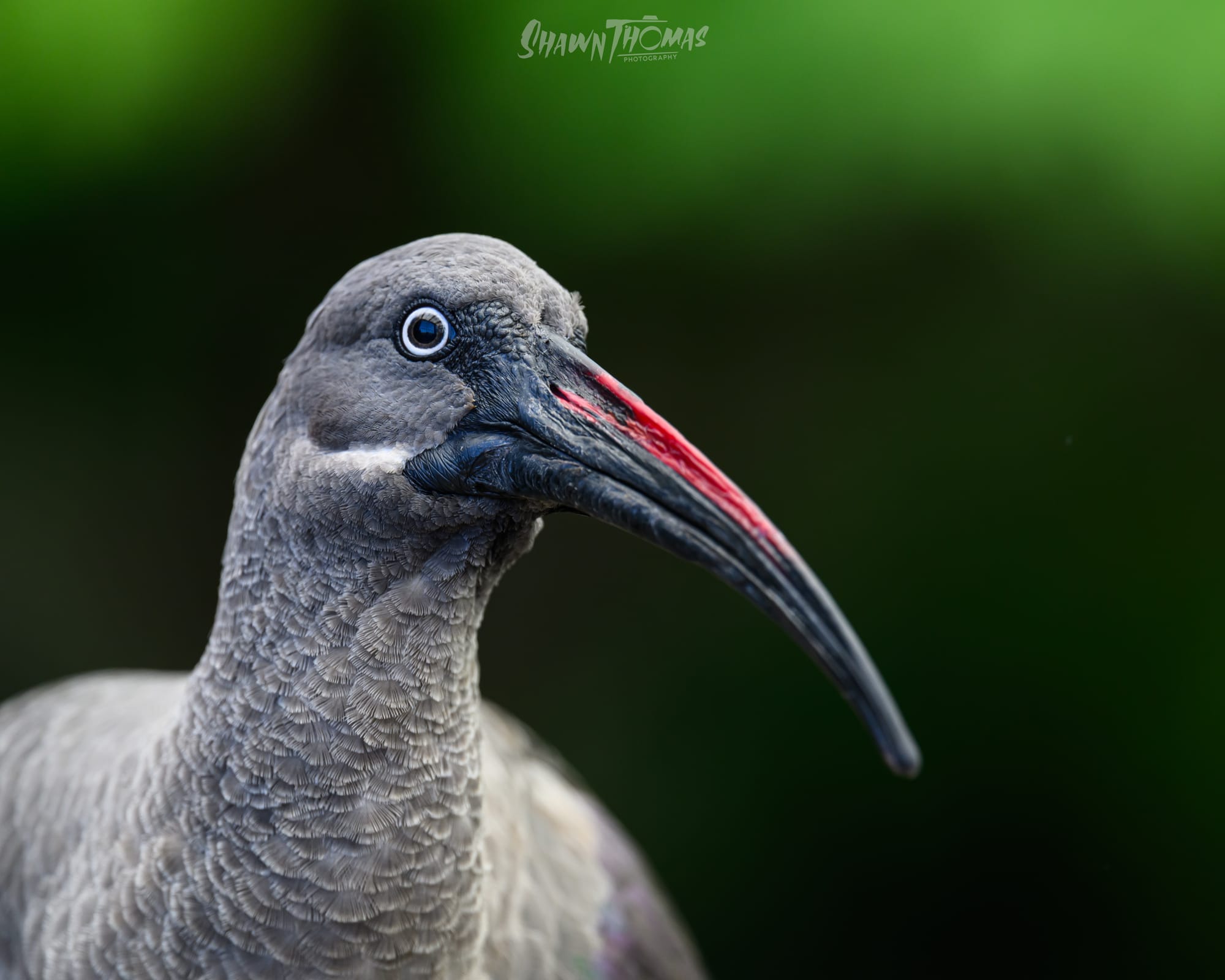
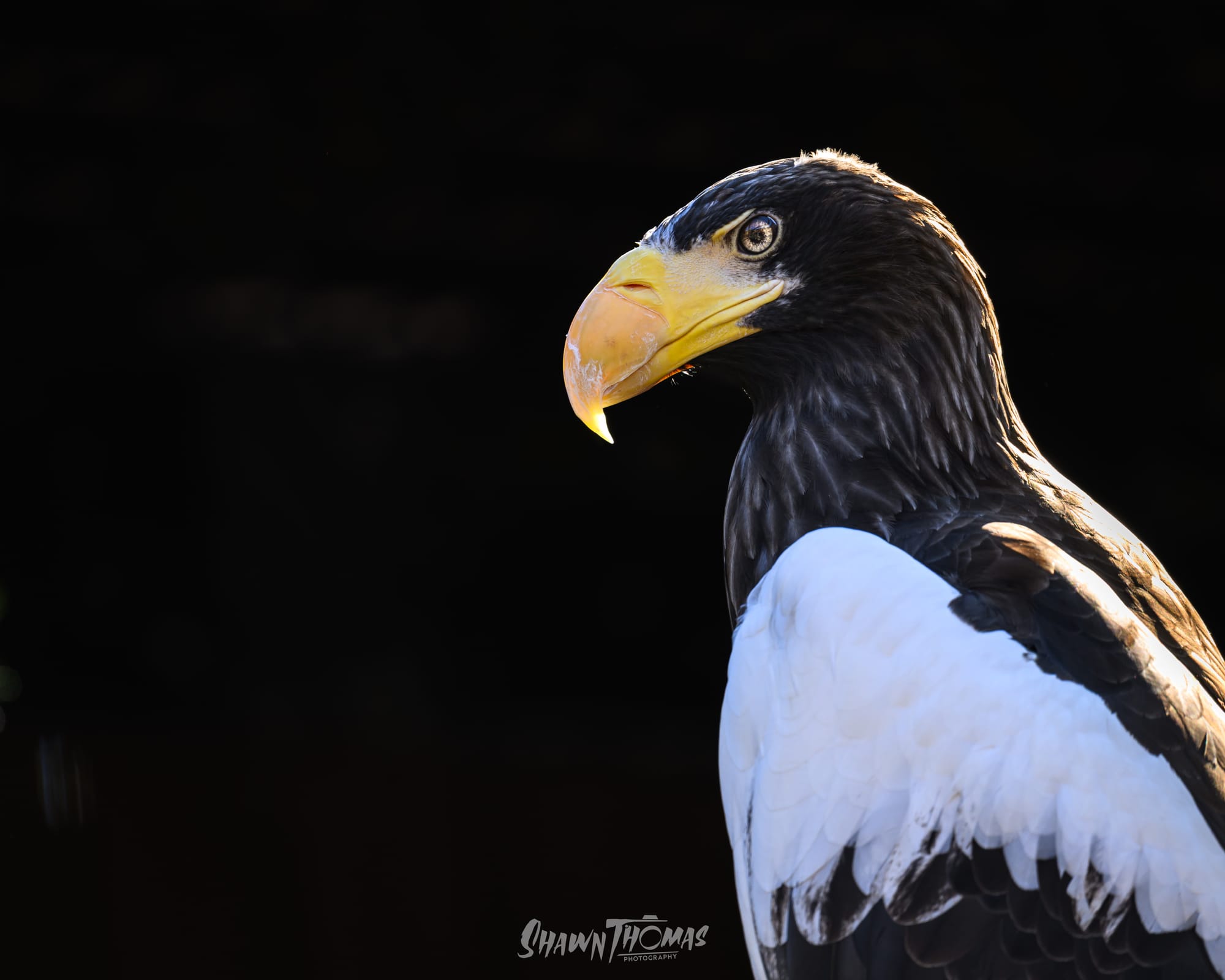
I took a lot more than these but I must say my favorite had to be this one:
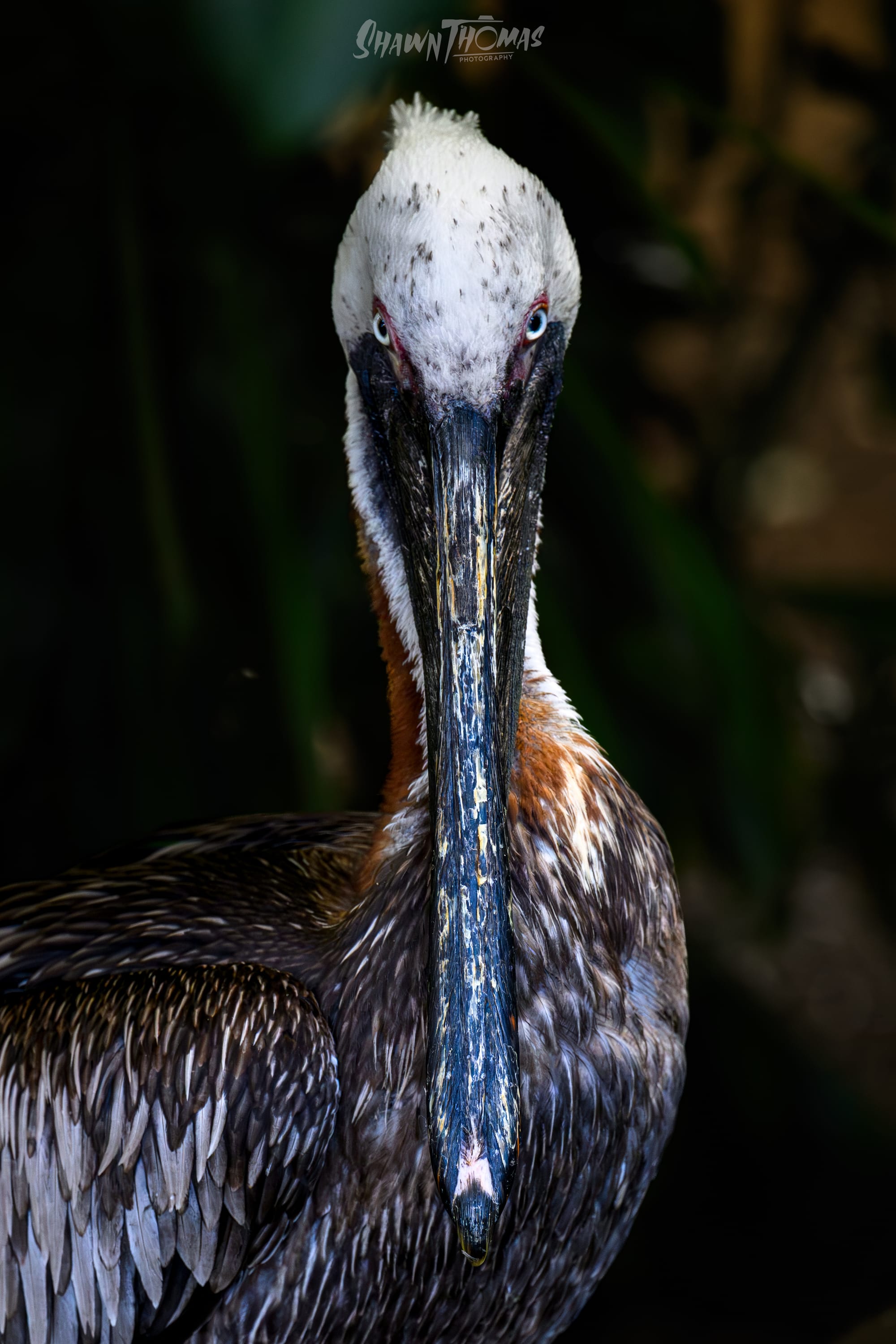
It's just so intense and I love it for that. That being said I think my wife got the best photo of the day, and I'm going to share it here because it deserves to be seen, it's already hanging on our wall.
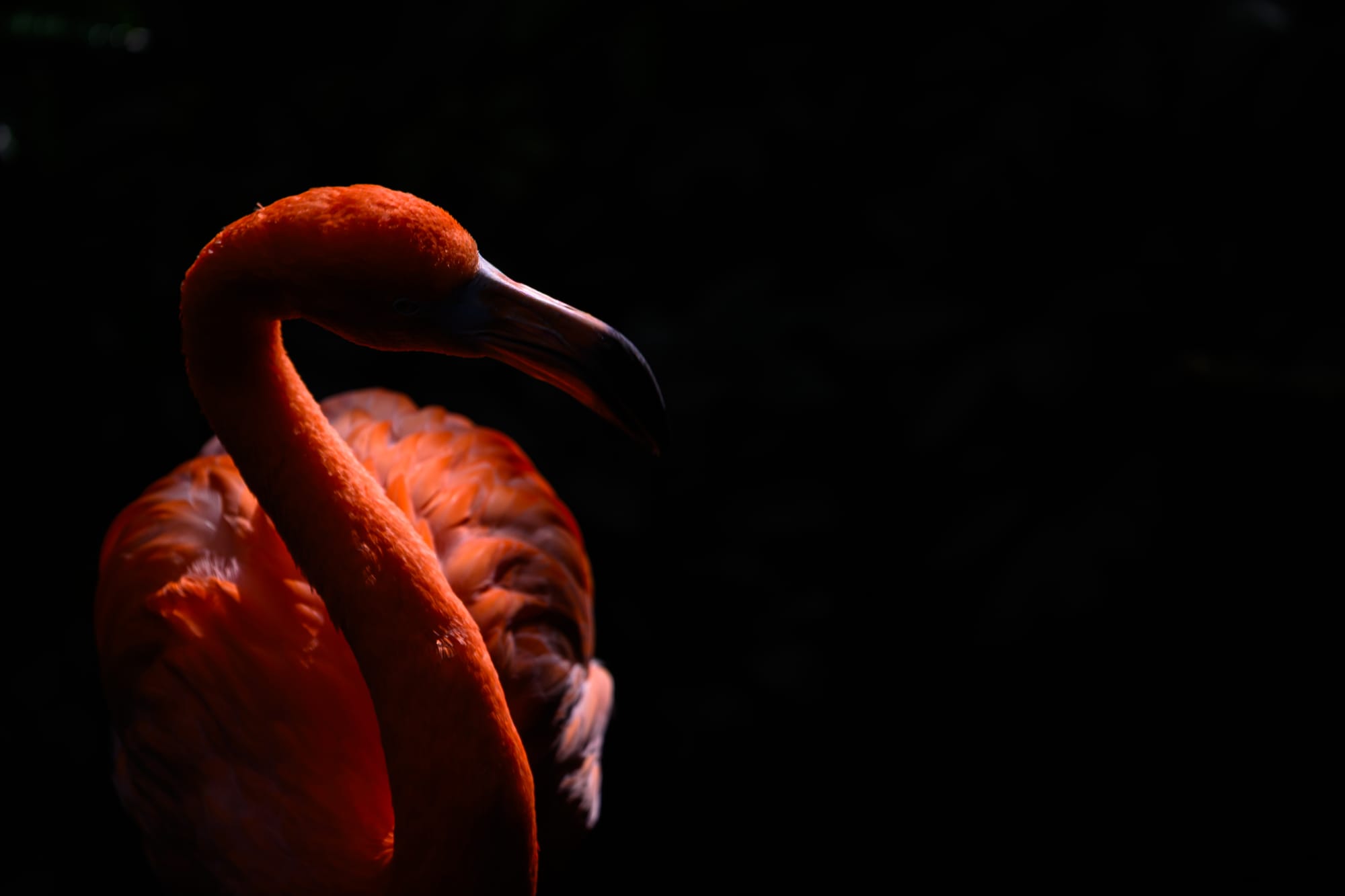
Final Thoughts
This is honestly a spot I would recommend to anyone. We saw so many species (way more than I’ve shown here), learned a ton, and got to do some fun interactive events, including my kiddo feeding birds that landed right on her shoulder, all for a really reasonable price, under 30 dollars a ticket for the day. It was a great birthday gift, a great photographic challenge, and a great reminder of just how diverse bird species are across the world. Definitely a trip I’ll be making again.
Check out the national aviary, go for a visit, or donate to the conservation mission here: https://www.aviary.org
Check out my wildlife images here: www.shawnthomas.art
